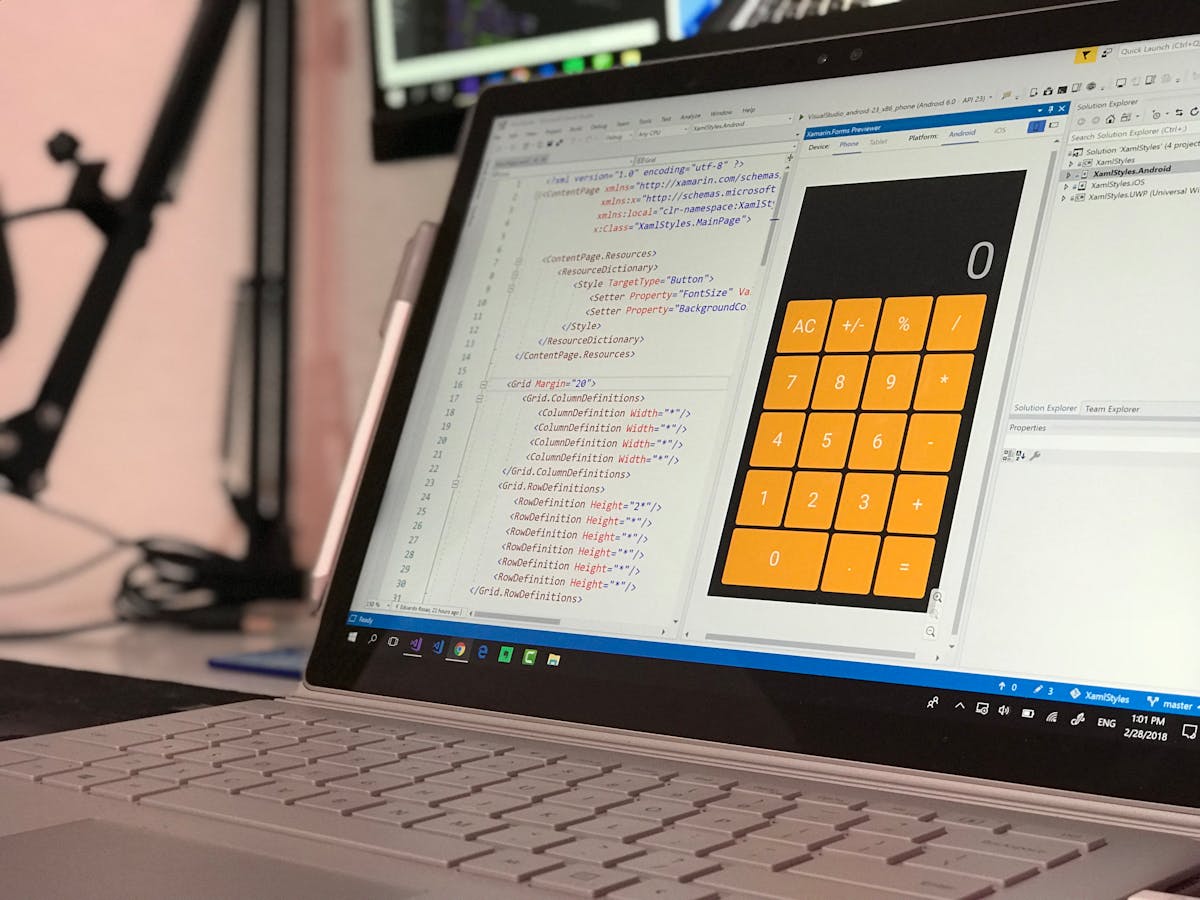niels denekamp’s Proven Blueprint for Scaling Software Engineering with Code Automation
Wiki Article
The Significance of Full-Stack Advancement in the Evolving Landscape of Software Program Engineering
In the swiftly transforming field of software program engineering, full-stack development has gotten substantial relevance. Full-stack developers have a distinct capability to service both front-end and back-end technologies. This convenience assists in far better group partnership and response to changing project demands (niels denekamp linkmedia). As companies embrace dexterous methodologies, the function of full-stack developers ends up being a lot more critical. Checking out the subtleties of this fad reveals deeper ramifications for the future of software program advancementThe Duty of Full-Stack Developers in Modern Teams
As companies significantly take on nimble approaches, full-stack programmers have actually emerged as vital assets within contemporary teams. These versatile experts have a comprehensive ability set that extends both front-end and back-end growth, enabling them to add to numerous elements of a task. Their capacity to browse different programs languages and structures enables seamless collaboration across self-controls, cultivating a more incorporated method to software program development.Full-stack programmers improve team characteristics by linking interaction gaps, decreasing dependence on specialized functions. This adaptability not only increases project timelines but also promotes advancement, as they can carry out feedback in real time. In addition, their all natural understanding of the software lifecycle facilitates better decision-making and problem-solving, eventually causing even more durable applications. As companies aim for performance and responsiveness, the role of full-stack developers ends up being increasingly critical in driving effective project results and maintaining affordable advantages on the market.Linking the Gap In Between Front-End and Back-End
Bridging the gap between front-end and back-end development is basic for providing practical and natural software program applications. This combination ensures that interface connect successfully with server-side reasoning, offering a smooth experience for end-users. Full-stack designers, with their broad capability, play a considerable role in this procedure by recognizing both domains and their interactions. They can resolve concerns that develop during combination, such as information flow disparities and efficiency bottlenecks, which are usually overlooked when teams run in silos. A unified strategy enables more reliable debugging and testing, as full-stack designers can examine the entire application holistically. As software program systems become increasingly intricate, the ability to connect this void comes to be much more vital, promoting not only technical performance but also boosting the general user experience. Companies that prioritize this combination are better placed to adapt to technical advancements and user demands.Enhancing Partnership and Interaction
Effective cooperation and communication among employee are essential components of successful full-stack development. This approach cultivates a shared understanding of task goals, allowing programmers to perfectly integrate front-end and back-end functionalities. By motivating open discussion, groups can quickly deal with difficulties and share understandings, which improves analytic capabilities. Diverse ability within full-stack growth groups promote understanding exchange, enabling members to pick up from each other and improve their private competencies - aether group dubai.Moreover, routine check-ins and comments loops reinforce connections amongst staff member, cultivating a culture of trust and accountability. Making use of collaborative devices and platforms can streamline interaction, guaranteeing that all stakeholders remain educated regarding job development and adjustments. As full-stack designers frequently manage multiple responsibilities, effective communication straightens and lessens misconceptions synergy. Inevitably, prioritizing partnership and communication not just enhances performance but likewise brings about better software application end results, crucial in today's hectic technological landscapeAdapting to Agile Methodologies
While accepting Agile techniques can initially pose challenges, full-stack growth groups frequently discover that this strategy considerably enhances their workflow and adaptability. Agile frameworks prioritize iterative progress and constant review, permitting groups to react promptly to changing job requirements. Full-stack programmers, furnished with a thorough ability, are specifically well-suited to browse these shifts, helping with smooth cooperation between front-end and back-end processes.Moreover, Agile stresses continual combination and release, which lines up perfectly with the abilities of full-stack developers. This synergy leads to faster delivery times and boosted item quality. Dexterous techniques, such as everyday stand-ups and sprint reviews, urge transparency and liability within groups, promoting a society of open communication. Full-stack designers end up being important in advertising a positive approach to analytical, making certain that jobs remain straightened with customer expectations and market needs. Inevitably, adjusting to Agile methods encourages full-stack teams to flourish in a vibrant software program growth landscape.Future Patterns in Full-Stack Advancement

Frequently Asked Concerns
What Programming Languages Should Aiming Full-Stack Developers Learn First?
Ambitious full-stack programmers need to begin by discovering HTML, CSS, and JavaScript for front-end growth. Ultimately, they can explore back-end languages like Node.js, Python, or Ruby, alongside database management systems such as SQL or MongoDB.Just How Do Full-Stack Designers Remain Updated With Evolving Technologies?

What Are Usual Obstacles Encountered by Full-Stack Developers?
Typical obstacles encountered by full-stack designers include handling diverse technologies, stabilizing back-end and front-end tasks, remaining current with fast improvements, repairing intricate problems, and guaranteeing smooth assimilation across various systems to supply natural customer experiences. (niels denekamp linkmedia)Just How Do Full-Stack Programmers Manage Time In Between Front-End and Back-End Tasks?
Full-stack designers often prioritize tasks by reviewing project needs, using agile techniques, and segmenting their job right into workable chunks. They stabilize front-end and back-end obligations through cautious preparation and time management strategies to improve performance.Is a Degree Necessary to Become a Successful Full-Stack Programmer?
The need of a level for ending up being an effective full-stack developer stays discussed. Several professionals stress abilities and experience over official education, recommending that sensible knowledge and job portfolios can be just as, if not more, beneficial. As organizations increasingly embrace dexterous techniques, full-stack developers have actually arised as important assets within modern-day groups. As full-stack designers typically juggle numerous responsibilities, reliable interaction aligns and minimizes misconceptions group efforts. Full-stack developers, geared up with a detailed skill collection, are specifically fit to browse these changes, helping with smooth cooperation between front-end and back-end processes.Moreover, Agile highlights constant assimilation and release, which aligns completely with the capabilities of full-stack designers. Full-stack programmers will increasingly utilize AI-driven devices for code generation and pest discovery, permitting for faster release cycles.Moreover, the rise of no-code and low-code platforms will equalize development, making it possible for non-technical stakeholders to add properly. Ambitious full-stack designers ought to start by learning HTML, CSS, and JavaScript for front-end development.Report this wiki page